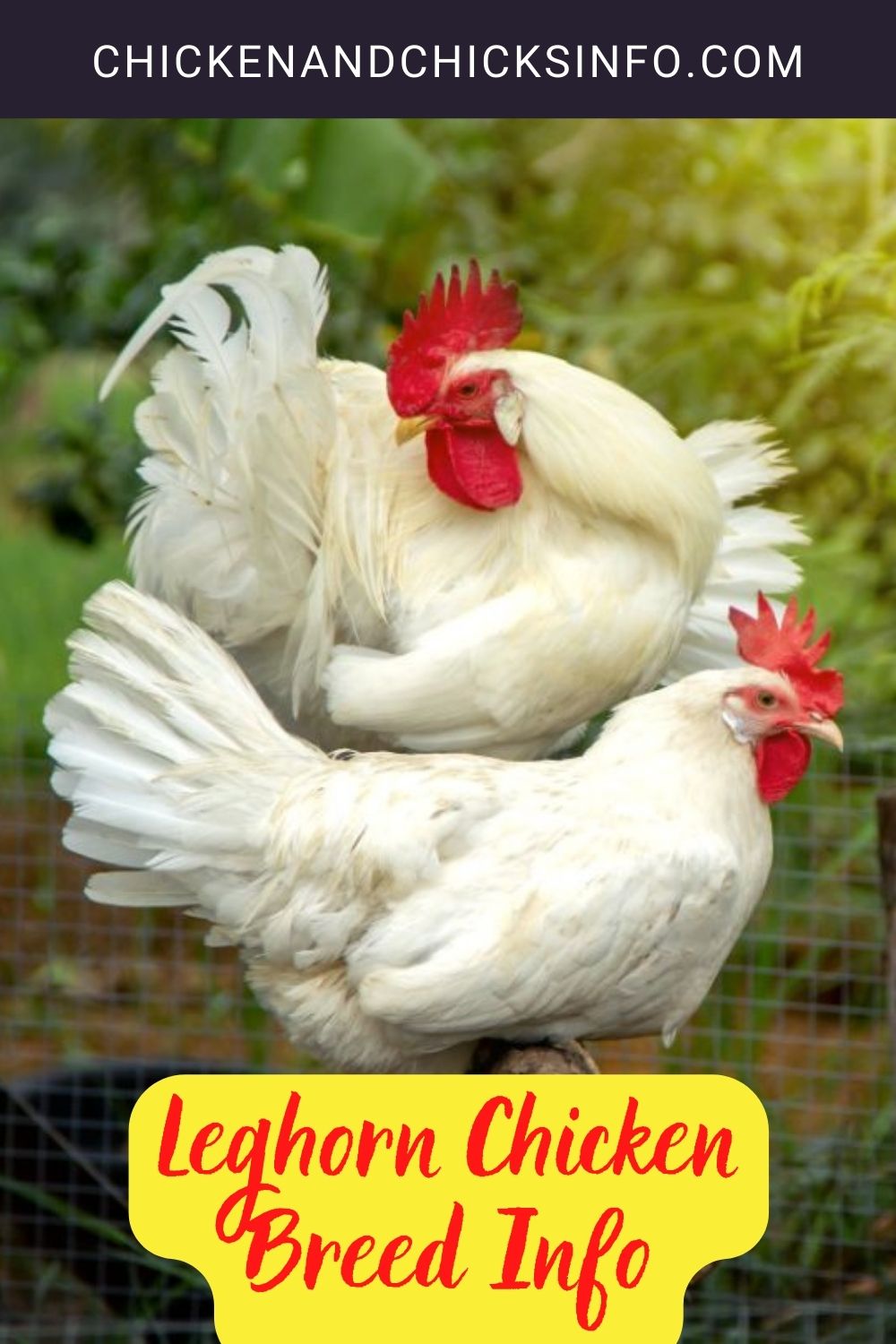The Leghorn is one of the most popular chicken breeds for industrial egg producers. They lay a whopping 280-320 eggs per year and often continue to lay into their third or fourth year. They are also used for meat production.
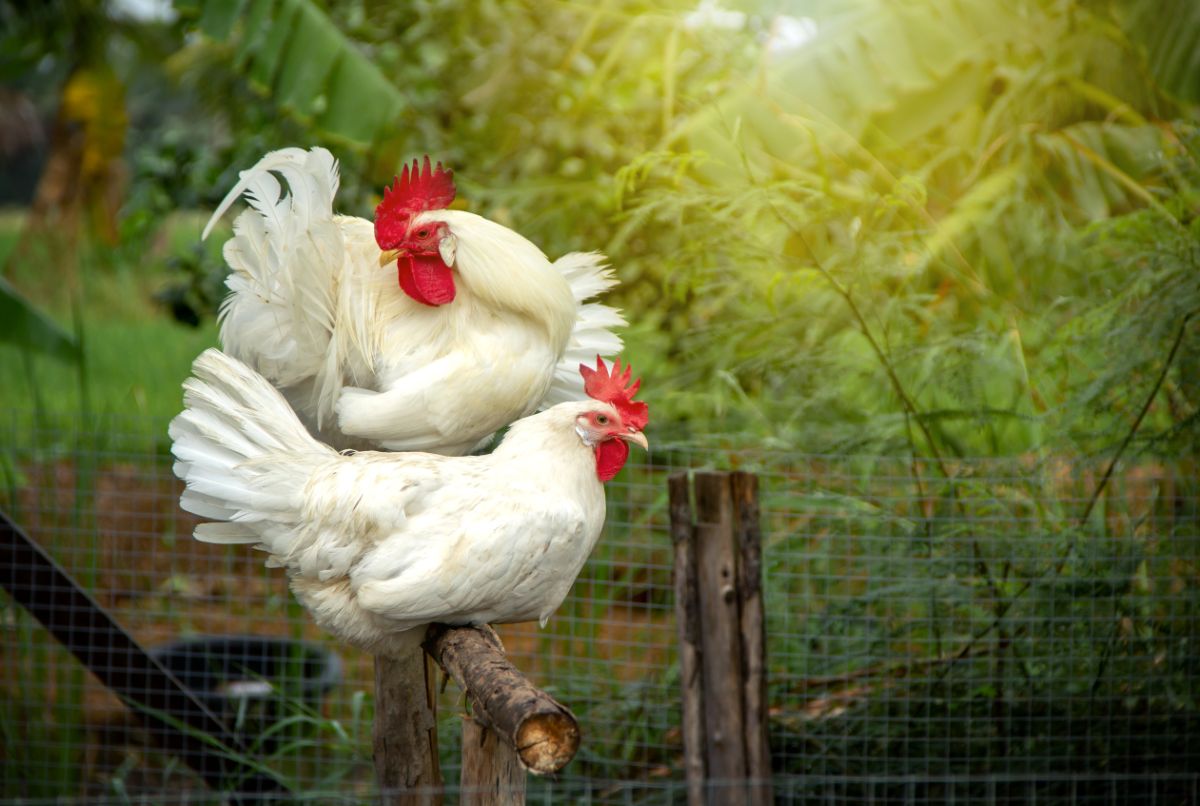
They are hardy, have no common health issues, and are very efficient egg producers in terms of how much feed they consume compared to their egg output.
One thing to note is that if you want to hatch chicks, you’ll definitely have to use an incubator. Leghorns are not at all broody. When your chicks hatch, you’ll be amazed at how quickly this breed grows and matures.
Jump to:
How to Buy Online Leghorn Chickens

White Leghorn Chicks As low as: $2.55 - Read reviews
Brown Leghorn Chicks As low as: $2.55 - Read reviews
White Leghorn Hatching Eggs As low as: $3.84 - Read reviews
Brown Leghorn Hatching Eggs As low as: $3.84 - Read reviews
Leghorn Chicken Breed Quick Info
Leghorn Chicken Description
| Leghorn Type/Size: | Standard |
| Feather Color: | White |
| Leg Type: | Clean |
| Leg Color: | Yellow |
| Skin Color: | Yellow |
| Leghorn Ease of Raising/Keeping: | Medium |
| Leghorn Special Care Needs: | Yes |
| Is the Leghorn breed a common, rare, or protected breed of chicken? | Common |
Leghorn Use
| Meat | Yes |
| Eggs | Yes |
| Dual Purpose | Yes |
| Leghorn Temperament: | Active, intelligent, skittish |
| Leghorn Ability/Likelihood to Free Range: | Yes |
Leghorn Egg Production
| Egg Color | White |
| Egg Size | Large - Extra-Large |
| Estimated Number of Eggs Per Year | 280-320 |
| Likeliness to Brood Eggs/Raise Chicks | Low |
Leghorn Meat Production
| Dressed Weight Male | 4 ¼ lbs. |
| Dressed Weight Female | 3 ¼ lbs. |
Leghorn Climate Tolerance
| Heat | Excellent |
| Cold | Good |
Leghorn Age to Maturity
| Number of Months to Reach Full Size | 4 ½ - 5 Months |
| Number of Months to Start Egg Laying | 4 ½ - 5 Months |
| Number of Weeks/Months to Reach Meat Harvest Size | 5 Months |
Leghorn Size at Maturity
| Male | 6 lbs. |
| Female | 4.5 lbs. |
Origins of the Leghorn Chicken
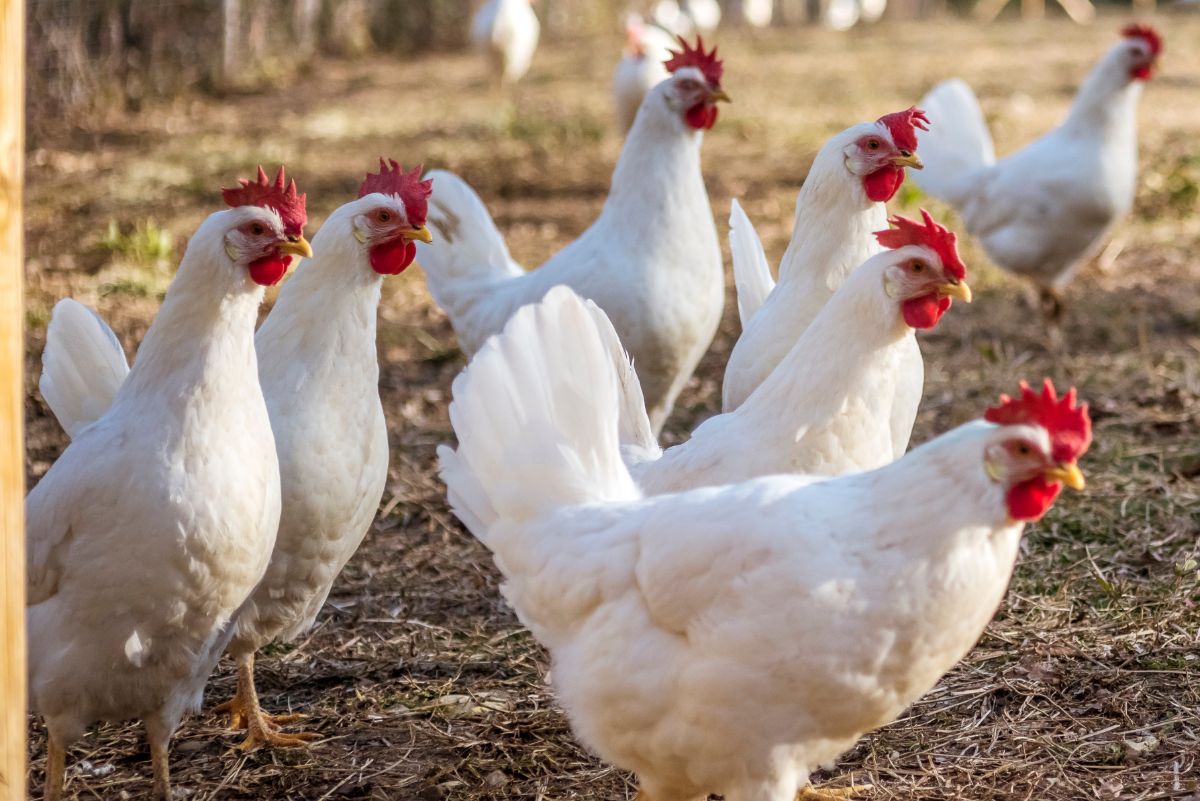
These industrious chickens originally hail from Italy, and as such, we once called them Italians. The name Leghorns evolved from the Italian city of Livorno, where the birds were exported to the United States from in the early 19th century.
They were brought to Mystic, Connecticut, and after nearly a century of crossbreeding and refinement, the breed we know today as the Leghorn was introduced to the poultry world.
Some Things to Know About the Leghorn Chicken
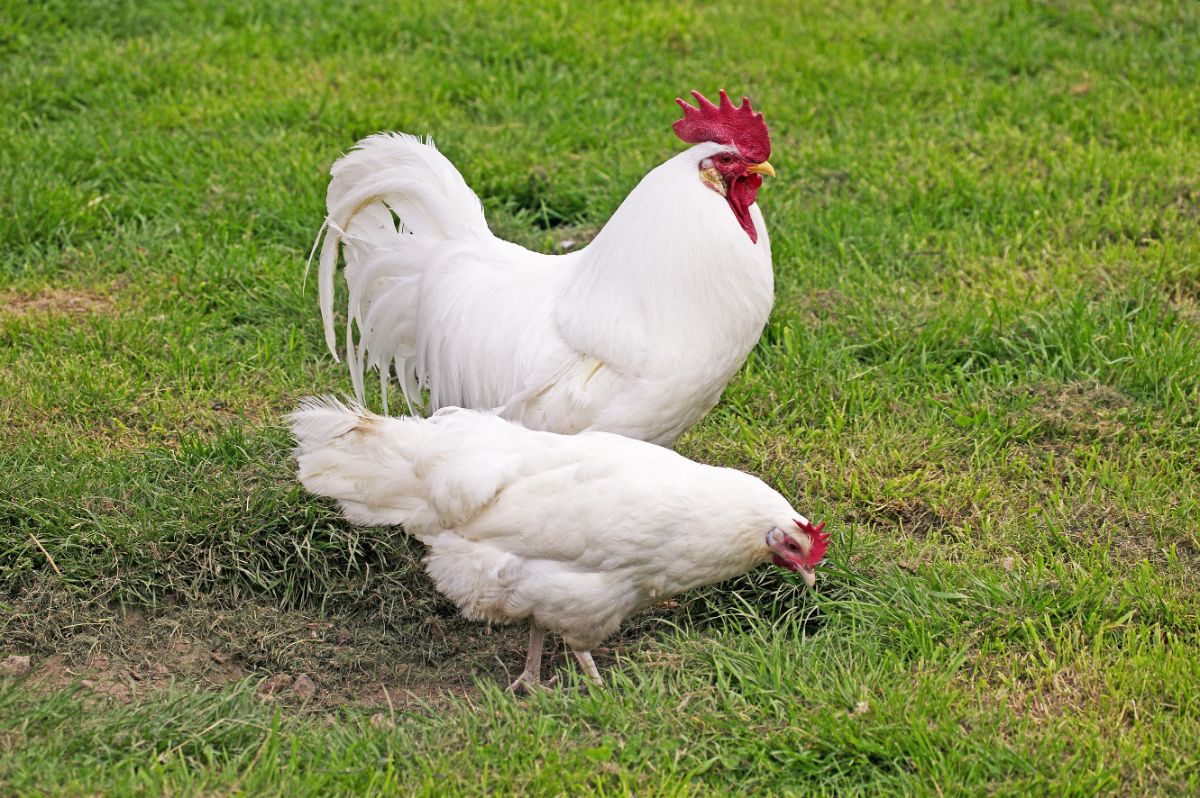
It may come as a surprise that the Leghorn comes in more colors than white. You can find them in colors ranging from black to buff to silver.
Their appearance is long and streamlined. They can have either a single, floppy comb or a rose comb. Those with rose combs are able to withstand cold winter conditions.
How Easy is it to Keep Leghorn Chickens?
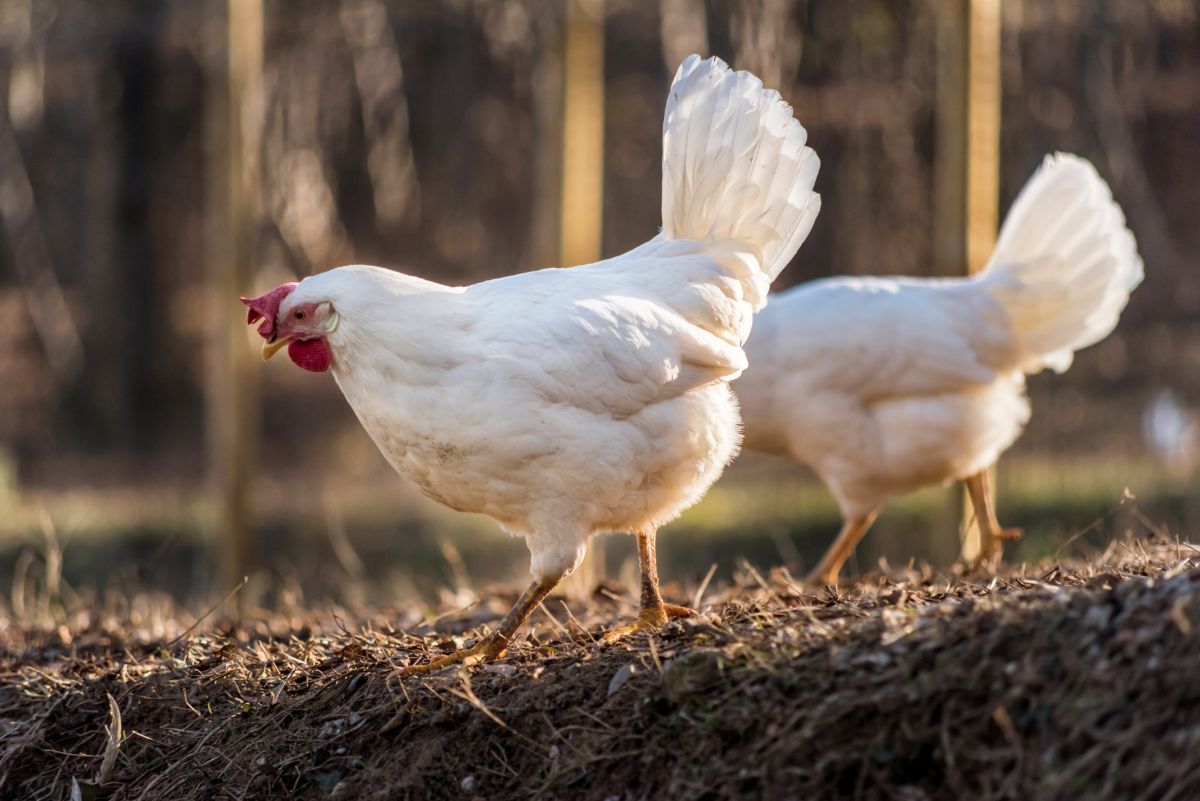
The Leghorn is a very intelligent bird. They love to forage for their own food, which makes them a great free-range breed. They will keep themselves busy and even roost in trees if there are any nearby, so be aware of that when planning your pasture area.
It’s best to give them lots of room to roam, as they can get bored easily. If you’re looking for a cuddly pet, this is not the breed for you. They tend to be skittish around humans and are known to be noisy and high-energy.
Special Care and Considerations for Leghorn Chickens
If you live in a colder climate, beware of the effects of frostbite on the combs and wattles of your Leghorns. One way to avoid this is to regularly spread Vaseline on them. Another option is to choose the rose comb variety, which was bred to withstand cold winters.
